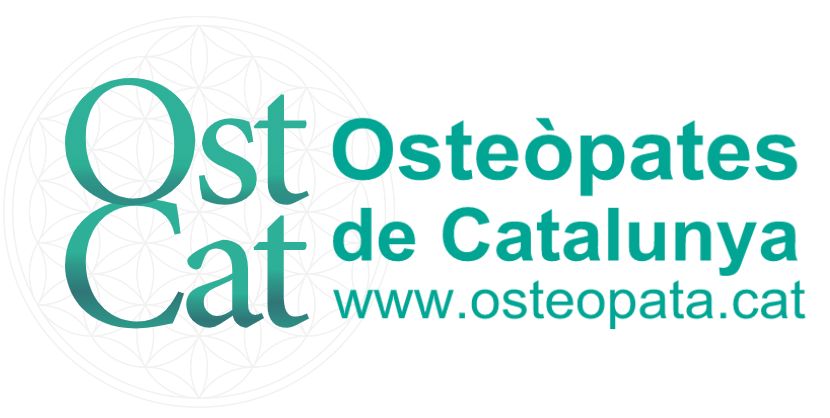OSTEOPATHY
What is osteopathy?
Osteopathy is based on the certainty that all systems in the body work together, are related and therefore disorders in one system can affect the functioning of others. It is, therefore, a holistic practice.
The treatment, which is manual, is called osteopathic manipulation, and consists of a set of practical techniques aimed at relieving pain, restoring functions and promoting health and well-being. It uses a large number of techniques (high speed and short amplitude pulses, functional techniques, inhibitions, etc.) to restore harmony and balance.
According to its principles, the manipulation of the musculoskeletal system can cure vital organ diseases or diseases, since this manipulation would help to revitalize the blood supply or restore the degree of normal mobility to the damaged joint and therefore Healing of the patient.
THE OSTEOPATHIC PRINCIPLES
Philosophy and characteristics of osteopathy.
Osteopathy offers a wide range of approaches to maintaining health and managing disease. Osteopathy is based on the following principles for the treatment of the patient:
BELIEFS
In the treatment of the disease, the osteopath is not based on electricity, X-rays, hydrotherapy, or any auxiliary means, but on osteopathic manipulations.
TYPES OF TECHNIQUES
Osteopathy encompasses the interaction of structural organization dynamics and metabolic activities that give rise to form and function. Recognize the inherent wisdom and intelligence within each cell. It seeks to recover what was lost; find the innate self-correcting principles that guide, sustain, and restore us. We are contacted by what ...
THE INDICATIONS OF OSTEOPATHY
Among the main indications of this type of therapeutic approach are those musculo-skeletal dysfunctions that occur with pain at the level of the spine and extremities and that are caused by trauma, accidents, repetitive movements, bad postures, Visceral function, stress, etc.
OSTEOPATHY STUDIES
In the United States osteopaths are considered doctors and, therefore, can prescribe and practice the surgery. The degree obtained after completing university studies is that of "Doctor in Osteopathy". In European countries where studies of osteopathy are recognized, the training is university and equivalent to a second cycle (previously must have a bachelor's degree in health sciences).
HISTORY OF OSTEOPATHY
Andrew Taylor Still was born on 6 August 1828 Wooden Hut in Lee County, Virginia.
OSTEOPATHY IN EUROPE
At the end of the nineteenth century, John Martin Littlejohn, a brilliant Scot with four doctorates, enrolled at the Kirksville school.
THE CONTRAINDICATIONS
The contraindications identified by the community of osteopaths have been grouped according to the osteopathic techniques used: these can be direct, indirect, combined, fluidic and / or reflexive.
Contraindications for direct techniques:






